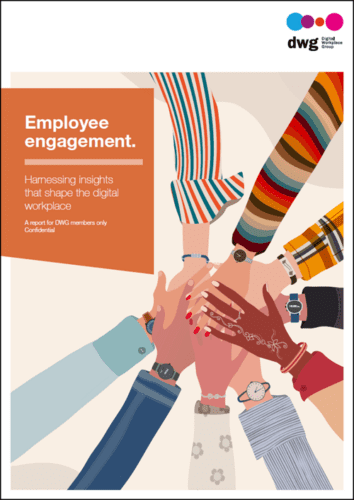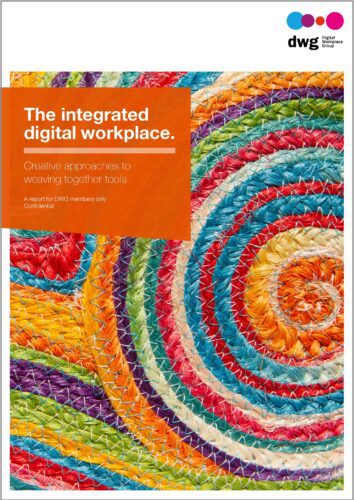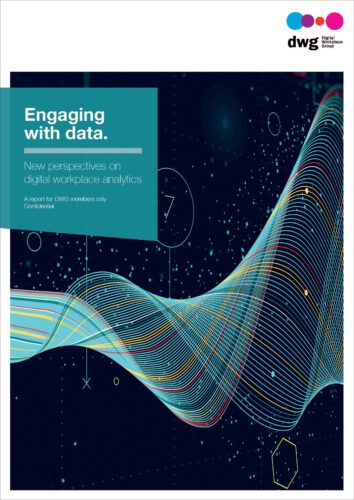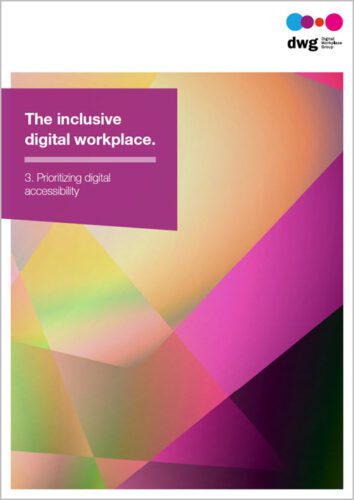Generative AI
Unlocking value and managing risk inside organisations
Employee engagement
Harnessing insights that shape the digital workplace
DWG’s 2024 Research Programme helps members unlock digital workplace potential
In 2024, we’ll be helping DWG member organizations ramp up their readiness for AI, evolve the digital workplace team, enhance their product management approach, develop expertise at tracking trends and future signals – and more. This year we’re excited to add six new original research papers to our existing library of more than 100 reports and…
The integrated digital workplace
Creative approaches to weaving together tools
Measuring up: the new strategic outlook for digital workplace metrics
By Dr David Lucas The question of how best to deploy data and analytics (D&A) in a digital workplace setting is routinely cited as a bellwether issue by DWG members. With the global economy facing continuing inflationary and post-COVID headwinds, operational units of all kinds are under pressure to acquire decision intelligence and data literacy…
Engaging with data
New perspectives on digital workplace analytics
How to demonstrate digital workplace impact
As DWG CEO Nancy Goebel highlights in her 2023 predictions, recessionary and inflationary pressures mean that digital workplace teams need more than ever to demonstrate tangible impact on the employee experience. Not to do so risks digital workplace initiatives once again being subject to the ebb and flow of funding and leadership attention, at worst…
Why it’s time to reframe the ‘return to work’ conversation and hybrid working
It’s said that a journey of 1,000 miles starts with a single step. This appears to be particularly true of hybrid working. While the benefits of spending time in the office have been eulogized, gamified and incentivized, resistance to the ‘return to work’ message is also starting to grow. Last month, Salesforce pledged to donate…
The Findability Playbook
Connecting people with content successfully
The inclusive digital workplace (part 3 of 3)
3. Prioritizing digital accessibility











